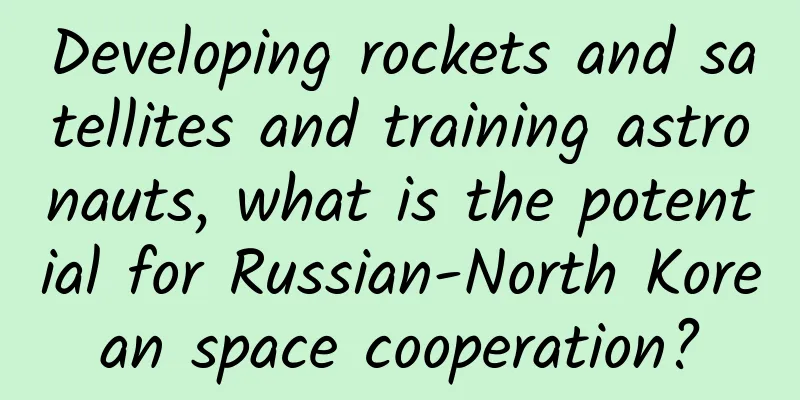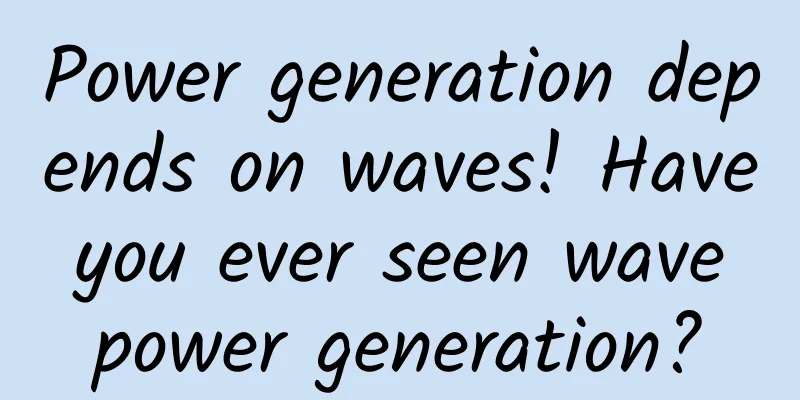Developing rockets and satellites and training astronauts, what is the potential for Russian-North Korean space cooperation?

|
Recently, Russian officials said that the Russian space industry is willing to strengthen cooperation with North Korea in the development and launch of rockets and satellites, and is also preparing to train North Korean astronauts and help them fly into space. It is not difficult to find that the new trend of Russian-North Korean space cooperation has begun to emerge. The recent meeting between the leaders of the two sides at the Vostochny Cosmodrome in Russia is a clear sign. So in which areas is the Russian-North Korean space cooperation expected to achieve results? To what extent can the relevant projects progress? Let's start with the analysis of North Korea's needs in the field of space. On September 3, 2023, Putin and Kim Jong-un visited the Vostochny Cosmodrome. Source: Kremlin website In recent years, North Korea has made significant progress in the development of new missiles, and the demand for satellites has increased significantly. After all, missiles need the support of large systems such as reconnaissance, navigation and positioning to fully exert their combat effectiveness. According to public data, since the attempt to launch "Kwangmyŏngsŏng-1" in 1998, North Korea has focused on developing the Kwangmyŏngsŏng series of earth observation satellites, the latest of which is "Kwangmyŏngsŏng-4" launched in 2016. Since then, North Korea's satellite technology research and development work has been strictly confidential until it attempted to launch the Wanlijing-1 reconnaissance satellite this year, which is also a rare case of North Korea announcing the military attributes of a satellite. However, North Korea's new satellite failed to enter orbit successfully, and the satellite wreckage was also salvaged by South Korea. This incident is likely to stimulate North Korea to seek cooperation with Russia first in the field of satellite development. Russia has a strong technical foundation in satellite research and development, and a series of military satellites code-named "Cosmos" have attracted international attention from time to time. For example, in early August this year, the Cosmos-2569 radar imaging reconnaissance satellite was launched and added to the Russian Aerospace Forces. It can conduct two deep detections of specific target areas every day, overcome the obstacles of bad weather, and understand the enemy's military assembly, equipment transportation or fortification construction. It is expected that North Korea will be able to improve product quality, gain application experience, and keep abreast of relevant intelligence and the dynamics of its imaginary enemies after receiving satellite technology support from Russia. If necessary, the Russian space agency can use mature technology and universal platforms to tailor-make satellite equipment to North Korea's special needs, and quickly launch new earth observation satellites with Russian-made rockets to avoid missing good observation opportunities. North Korea develops space technology with emphasis on independence and will not rely entirely on Russian-made rockets. Therefore, rocket technology will also be a key area of space cooperation between Russia and North Korea. On September 13, 2023, Kim Jong-un left a message and signed in the VIP book of the Vostochny Cosmodrome. Source: Russian Izvestia website At present, North Korea has launched three types of rockets, namely the "Paektusan", "Unha" and "Chulima" series, with a total of eight test launches. Among them, the Paektusan rocket was first launched in 1998; the Unha series rockets have a larger launch mass and stronger carrying capacity, and successfully launched the second phase of the Kwangmyŏngsŏng-3 satellite and the Kwangmyŏngsŏng-4 satellite in 2012 and 2016 respectively. Both rockets are believed to be modified from ballistic missiles. As for the Chollima-1 rocket that has attracted much attention this year, it has a larger fairing and better design thrust indicators, and theoretically has a stronger carrying capacity, and North Korea has high hopes for it. After analyzing the wreckage of the Chollima-1 rocket, the United States and South Korea believed that its power was suspected to be copied and improved from the Soviet RD-250 engine, and speculated that there was a fault in the second-stage engine of the rocket, the nozzle direction regulator malfunctioned, and the unstable fuel characteristics led to the test launch failure. North Korean officials admitted that the problems of the two test launches were caused by the Chollima-1 rocket. It can be roughly speculated that North Korea has encountered some technical bottlenecks in the field of rocket development, involving structural design, precision technology, propellant purification, etc. As the prelude to the new Russian-North Korean space cooperation begins, North Korea is likely to seek Russian technical support, give priority to solving the hidden dangers of the Chollima-1 rocket, launch North Korea's domestically produced reconnaissance satellite as soon as possible, and deepen space cooperation with Russia to develop a more powerful and efficient new generation of rockets and satellites, while improving production quality management and enhancing the effectiveness of military and civilian application services. In the long run, Russian-North Korean space cooperation may also involve the birth of North Korean astronauts. According to Russian official media reports, Russia has expressed its willingness to help North Korea train astronauts, and the leaders of the two countries have discussed related issues. Russia's astronaut training center, rocket and manned spacecraft development institutions are all ready for cooperation. To some extent, the choice of Russian-North Korean manned space cooperation lies with North Korea, and whether it can be carried out smoothly depends more on factors other than technology. For example, North Korean astronauts will probably not be satisfied with just flying around the earth on a manned spacecraft, and given the attitude of the West, North Korean astronauts cannot "share a ship" or enter the International Space Station to perform scientific research tasks, so the benefits of North Korean manned space missions seem to be questionable. If Russia launches a separate manned launch mission specifically to serve North Korean astronauts in orbit, the cost will inevitably increase significantly. Considering that Russia is stepping up the construction of its own space station and has previously proposed that BRICS countries, the Middle East and many African countries participate in the construction of modules, it is not ruled out that the Russian side will try to incorporate Russian-North Korean manned space cooperation into its own space station project to enhance the overall benefits of the project. In summary, more advanced radar or optical imaging satellites, communication satellites and navigation satellites with more application areas, and new rockets with stronger carrying capacity and greater reliability are more attractive to North Korea in the near future. Whether Russia and North Korea can reach cooperation in these areas depends mainly on the economic price that North Korea can bear and the strength of technical support provided by Russia. As for cooperation in manned space flight, North Korea is expected to show interest in it for a long time, but it is difficult for the outside world to predict the specific progress of cooperation between the two countries for the time being. After all, factors such as cost sharing, mission objectives, and engineering management will have an impact that cannot be ignored. (Author: Lin Wenjie) |
<<: 3+7, how come it equals 8?
>>: Coffee + alcohol = double the carcinogens? Here comes the September science rumor list →
Recommend
The secret to becoming a king of sales: subvert your understanding of sales
Course Catalog: ├──01 Can you really sell anythin...
Yang Zhenning: A driving force behind Sino-US scientific and technological exchanges and cooperation
Yang Zhenning is one of the most influential theo...
China imposes visa restrictions on these US personnel! Who are they specifically? Details attached!
On June 29, Foreign Ministry Spokesperson Zhao Li...
iOS 18 update push, you must know this new change!
Today, Apple pushed the iOS 18 Beta 5 beta update...
Foreign media comment: Native Android is dead
Android M made its debut, and many developers wit...
Meituan Waimai iOS App Cold Start Management
1. Background Cold start duration is an important...
Efficient App offline activity method!
As an App promotion operator , event promotion is...
Android Native memory analysis solution based on Rust
Background: The vehicle system environment in whi...
Pork is not as delicious as before. Is it me or the pig that has changed?
Audit expert: Zeng Shenming Professor, Department...
How were these three Han and Tang Dynasty sites in Beijing discovered? There are stories behind them...
How were these Han and Tang Dynasty sites discove...
Recently, foreign netizen Stuart Hall published an article on the blog platform Medium about "Apple App Icon Colors".
Recently, foreign netizen Stuart Hall published a...
“Rebuilding a China Mobile” may be just one step away
In "One Step Away", Jiang Wen plays Ma ...
At what time and how many episodes of Ancient God King are updated every week? The update time and plot summary of the Ancient God King
Today, the romantic new martial arts film "T...
What does a good copywriter usually look like?
Our company is recruiting recently. I received a ...









